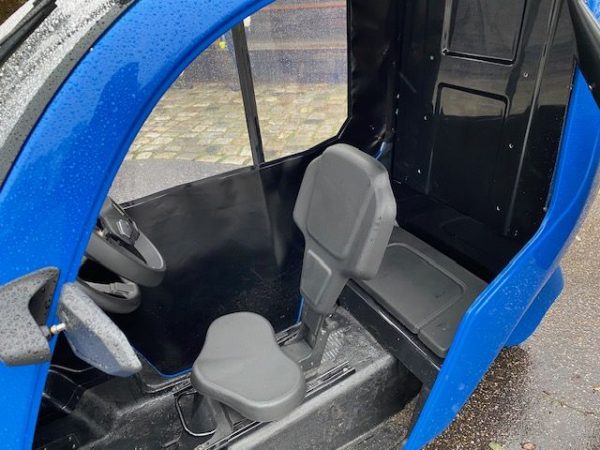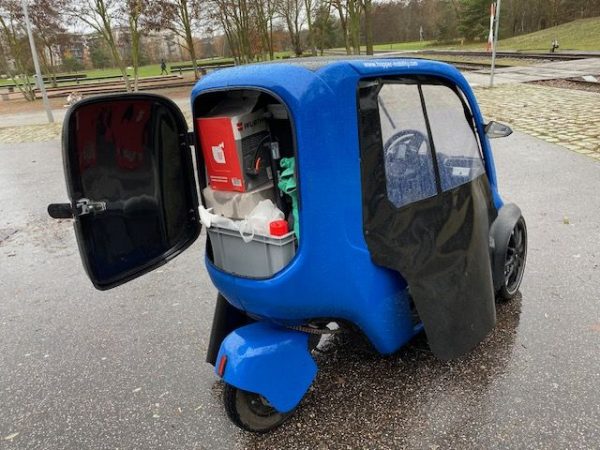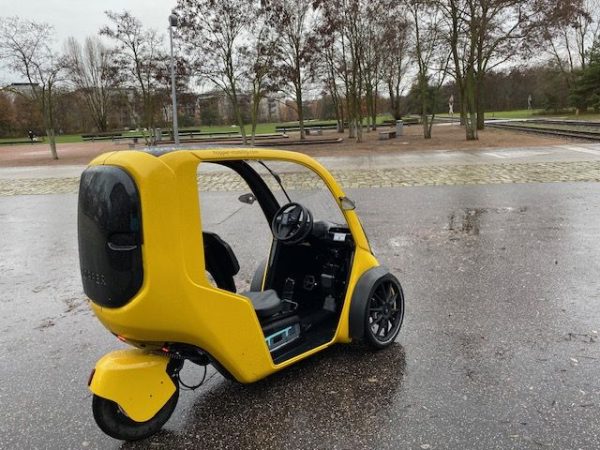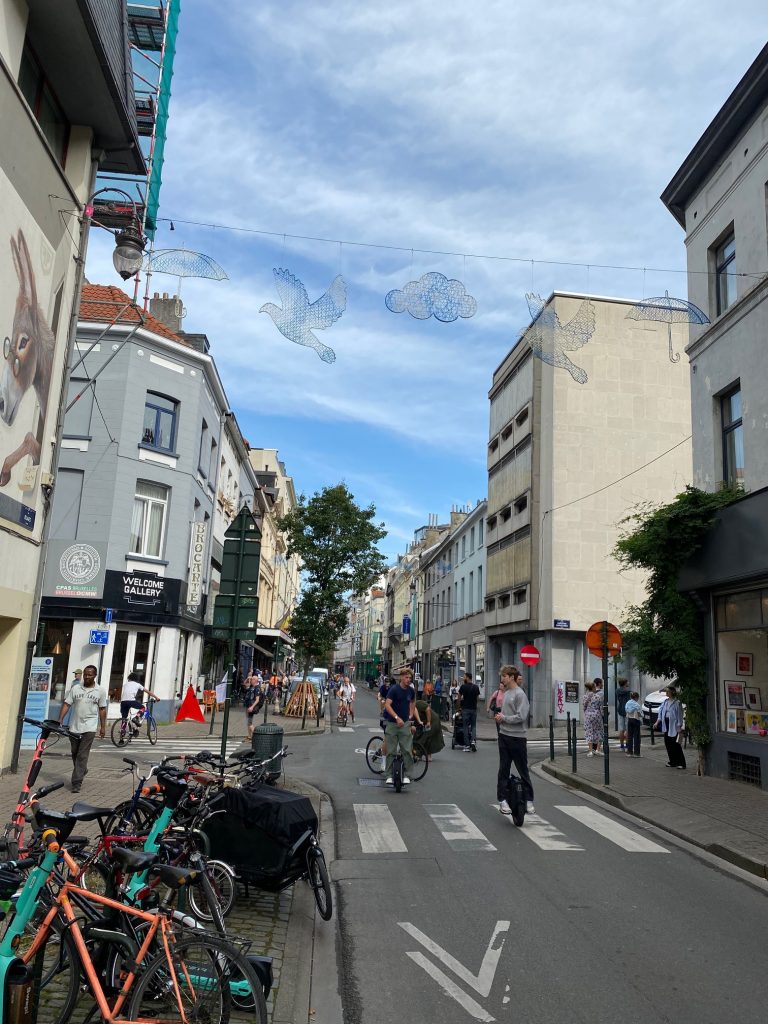It is always a chance to be in a city that bans cars for some time from streets and bicycles and pedestrians can walk freely in the city. On September 22nd 2024 this is the case in Brussels. In addition, the public transport system allows people to buzz around the city free of charge. Of course this is an invitation to get to know areas of the city where you normally don’t take the time to visit or mix with people. The police used the time to teach children how to cycle in a city in all security and respecting basic rules despite the enthusiasm for speed or going round in circles. Unfortunately, this happens only one Sunday out of 52 in a year. It is just amazing how the feeling of safety on the road changes again. The level of noise and pollution drops to levels of the countryside. Buses and trams pass the city easily and most people get around faster than they do on other days of the year. It is a bit like a coordinated health intervention for the stressed urban survivors. This experience is a modest reminder of how nice it was in Paris during the Olympic Games 2024 when prioritizing mobility beyond cars haa been effectively implemented for several weeks.







